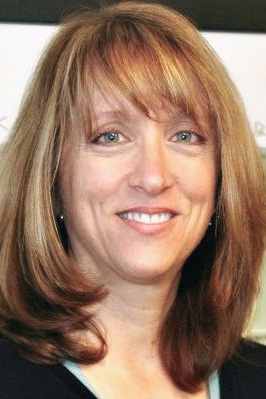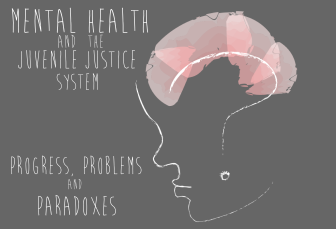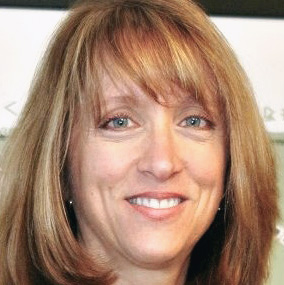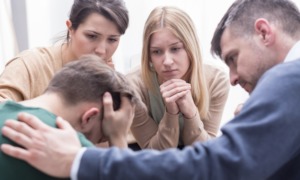 I was sitting around a table with eight other people in recovery, talking about what helped us early in the process. One person said, “I did it for my kids. I spent many nights high as a kite in church, and one day I was sitting on the back steps and you know I told God that he’s got this. I wanted to raise my kids the right way and stopped using soon after that.”
I was sitting around a table with eight other people in recovery, talking about what helped us early in the process. One person said, “I did it for my kids. I spent many nights high as a kite in church, and one day I was sitting on the back steps and you know I told God that he’s got this. I wanted to raise my kids the right way and stopped using soon after that.”
“It was my third time in treatment when I finally got it,” said another. “And what made the difference that time is that during intake someone who was volunteering at that program showed me kindness. I weighed 90 pounds at the time, was dying, and everyone was trying to get me to eat. This nice person approached me and asked me what I was hungry for and I offhandedly said, ‘Greek yogurt.’ A little while later he came back with five flavors of yogurt. That was over four years ago, and we are still friends. I didn’t even really like yogurt that much.”
[module type=”aside” align=”right”] Learn more about mental health and substance abuse on JJIE.org’s Juvenile Justice Resource Hub.
Learn more about mental health and substance abuse on JJIE.org’s Juvenile Justice Resource Hub.
Still another recovering voice piped in: “Man, I was tired of letting everyone down! I’d been to prison more than once, was on probation and had been in treatment several times. My family was always there and I had always disappointed them, and I wanted things to be different this time. I went to 12-step recovery meeting and the men there reached out to me. They called me, they picked me up when I didn’t have a ride. They showed me there is another way and they showed me that I, too, could have a happy life, that I deserved one.”
All nine of us were able to recall vividly how the first hours, days, weeks, months and years in recovery were for us. Each story is so different — and yet the same. Our ages range from 18 to early 70s. We are from different cultures, belief systems, genders, sexual orientations. The paths we took to recovery and wellness were as diverse as our experiences in addiction, yet we have all created healthy, fulfilling lives where alcohol and drugs no longer have a place.
[Related: Youth Today’s complete coverage on substance use disorder]
The other thing we all have in common is that we work in some capacity helping others get into recovery, and we are part of a growing movement. We, like many others across the country, believe in the power of lived recovery experience to show others the way, and that everyone has the right as well as the capacity to get well.
We also acknowledge that the current behavioral-health system is not set up to work. It is based on an acute-care model and for most treatment is not available. From the 2010 National Survey on Drug Use and Health, we know that few people get the treatment they need: Only one in 20 adolescents, one in 18 young adults and one in 11 adults had access to substance use disorder treatment. And per the Office of Applied Studies 2009 Discharge – Treatment Episode Data Set, less than half the people entering treatment stay there for the 90 days recommended by the National Institute of Drug Abuse.
Ever-improving brain science validates that addiction is a brain disorder. It shows that people with addiction display physical changes in areas of the brain that are critical to judgment, decision making, learning and memory. Scientists show that these changes alter the way the brain works and may help explain the ever-changing behavioral priorities of people who are under the influence. Other health conditions such as heart disease and diabetes also involve lifestyle choices and require a change in behavior in order to be managed. Why, then, is it so difficult to get appropriate and comprehensive treatment for a substance use disorder?
Each year federal, state and local governments spend close to $500 billion on the consequences related to addiction and risky substance use, but for every dollar that federal and state governments spend, only 2 cents goes to prevention and treatment, according to the Center for Addiction and Substance Abuse. As my eight friends in recovery and I discussed, this is mainly because the criminal justice and social services systems — and not the health care system — have been used to address people with addiction. We imagine a health care system that is accessible, meets people where they are, is focused on wellness, encourages them to discover what is right with them and their lives, and asserts that not only is recovery possible but it is an expectation.
Neil Campbell is the executive director of the Georgia Council on Substance Abuse, a nonprofit organization dedicated to reducing the impact of substance use disorders in communities through education, advocacy and training.
More articles related to this one:
Unspoken Truths: Young People in Recovery
Recovery Communities Give Former Addicts a Boost in the Long Term
They Climb, Bike, Run, Lift, Box Their Way Out of Addiction
Music & Arts Therapists Help Youth Find Their Voice, Break Free from Addiction
Insurance Coverage for Substance Abuse Improving But Still Limited
































